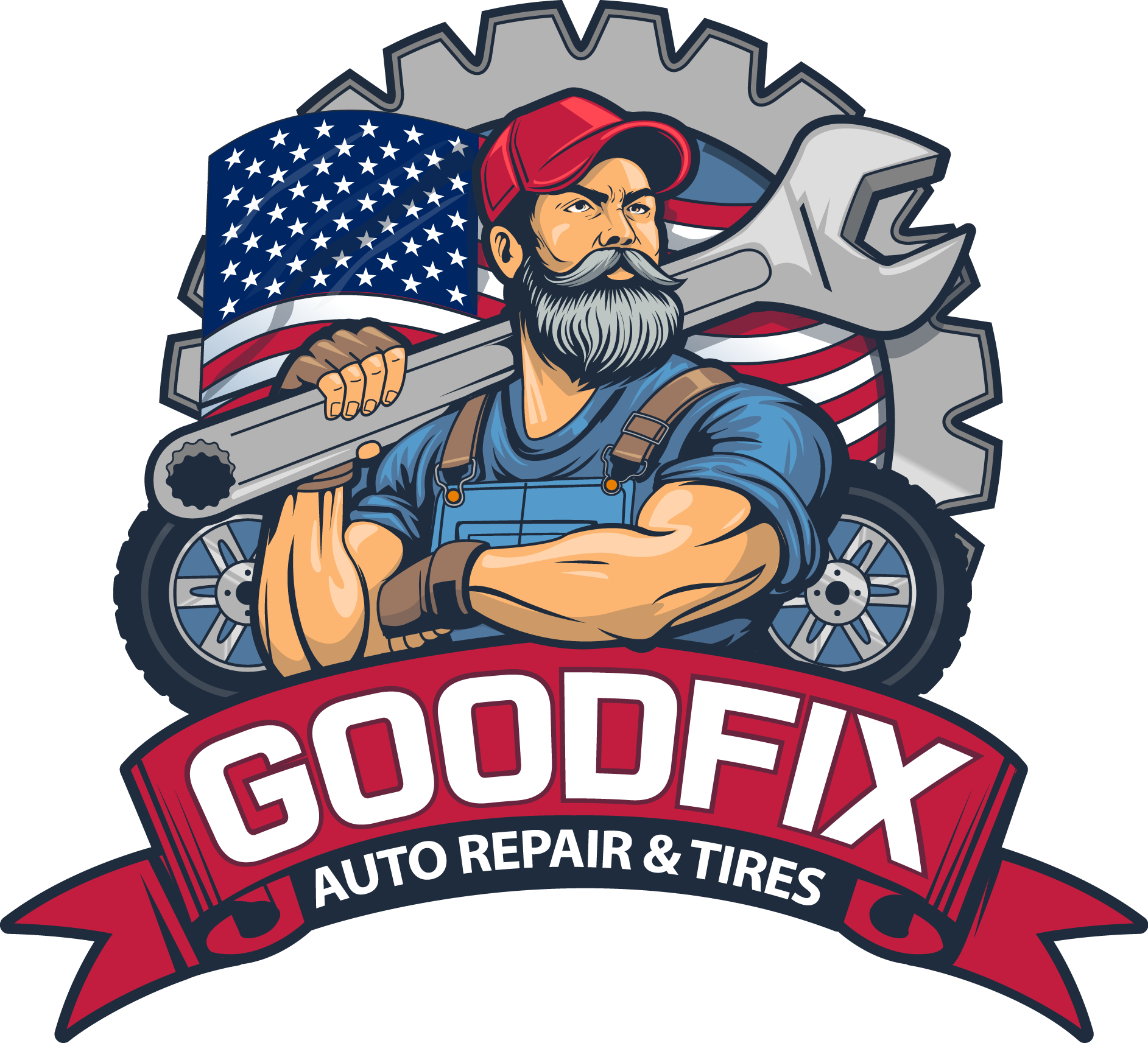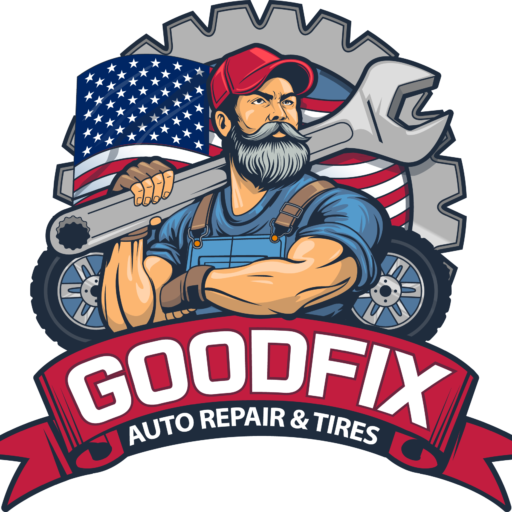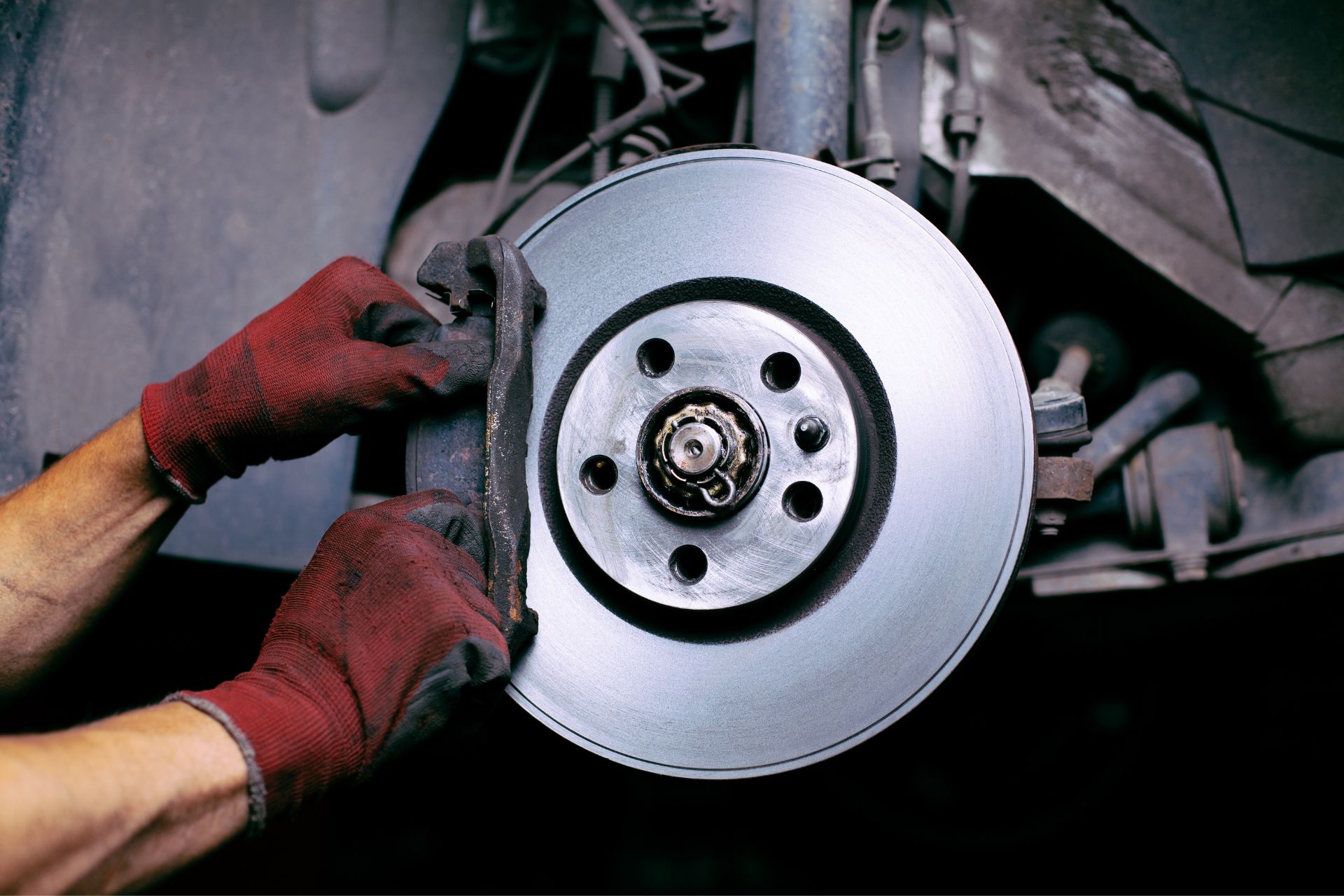Keeping your vehicle safe and performing well means paying attention to one of its most crucial systems—the brakes. A professional brake service is essential not just for safety, but also for maintaining your car’s longevity and efficiency. This article dives into what brake service typically includes, why it’s so important, and how staying proactive can save you money and keep you safe on the road.
Understanding the Basics of Brake Service
A brake service refers to a range of maintenance and repair tasks designed to keep your braking system in top shape. This can involve routine inspections, replacing worn-out parts, and ensuring the system functions correctly under different driving conditions.
The components of a braking system include brake pads, rotors, callipers, brake fluid, master cylinder, and brake lines. Over time, these parts wear down or degrade, making timely service not just advisable but necessary. A professional mechanic will assess the condition of each component and perform the necessary tasks to ensure optimal performance.
Common Signs You Need Brake Service
While some vehicles have brake warning lights, it’s wise to stay alert to signs that your brakes may be due for attention. Here are a few indicators:
- Squeaking or grinding noises: This usually means brake pads are worn out.
- Vibration when braking: Often caused by warped rotors.
- Longer stopping distances: Indicates reduced braking efficiency.
- Soft or spongy brake pedal: May point to air in the brake lines or low brake fluid.
- Brake warning light on dashboard: A clear signal that the system needs inspection.
Recognizing these signs early and scheduling a brake service can prevent more serious damage and ensure your vehicle remains safe to drive.
Key Components Checked During Brake Service
Every professional brake service involves a comprehensive inspection of your vehicle’s braking system. Here’s what typically gets checked or replaced:
Brake Pads
Brake pads are designed to wear down over time. During a service, the thickness of the pads is measured. If they fall below a certain level, they’re replaced. Waiting too long can damage the rotors and lead to a more expensive repair.
Rotors (Brake Discs)
Rotors can warp or become uneven due to heat and friction. If the surface isn’t smooth or has deep grooves, a technician may recommend resurfacing or replacing it. Uneven rotors can cause your car to vibrate or pulsate when braking.
Calipers
These house the brake pads and press them against the rotors to slow the car. Callipers are checked for proper function, leaks, and wear. Malfunctioning callipers can result in uneven braking or pulling to one side.
Brake Fluid
Brake fluid transfers the pressure from your foot on the pedal to the brake pads. Over time, it can absorb moisture, reducing its effectiveness. During a service, the fluid may be tested and, if necessary, flushed and replaced.
Brake Lines and Hoses
Technicians will inspect the brake lines and hoses for leaks, cracks, or corrosion. Any signs of damage require immediate replacement, as compromised lines can lead to brake failure.
Master Cylinder
This component generates the pressure that moves brake fluid through the lines. A failing master cylinder can lead to a soft pedal or total brake loss and will be inspected for leaks or pressure issues during service.
Types of Brake Services
Depending on the condition of your brake system, the service can range from minor maintenance to more in-depth repairs. Here are the most common types:
Brake Pad Replacement
This is one of the most frequent services. It’s usually recommended every 30,000 to 70,000 miles, depending on driving habits and brake material.
Rotor Resurfacing or Replacement
Rotors may not always need to be replaced; sometimes they can be resurfaced. This process evens out the surface, removing grooves or warping. However, if the rotor is too thin, replacement is necessary.
Brake Fluid Flush
Recommended every 2–3 years, a fluid flush involves draining old fluid and replacing it with fresh brake fluid. This ensures reliable brake performance and prolongs the life of other components.
Full Brake System Inspection
A thorough inspection checks every part of the system. This may be done as part of a routine maintenance schedule or when there are specific concerns about brake performance.
Brake Calliper Service
If a calliper is sticking or leaking, it may need to be cleaned, rebuilt, or replaced entirely. Some high-mileage vehicles may require full calliper replacement.
Benefits of Regular Brake Service
Proactive brake maintenance offers several key benefits, both immediate and long-term:
- Enhanced Safety: Functional brakes are essential for safe driving, especially in emergency situations.
- Lower Repair Costs: Catching issues early can prevent more expensive repairs down the road.
- Better Vehicle Performance: A smooth and responsive braking system improves overall driving experience.
- Extended Lifespan of Brake Components: Regular service helps maximize the life of pads, rotors, and fluid.
- Improved Fuel Efficiency: Believe it or not, a properly functioning brake system can reduce drag and enhance fuel economy.
How Often Should You Get Brake Service?
There’s no universal answer, but most experts recommend checking your brake system at least once a year or every 12,000 miles. However, if you drive in heavy traffic, mountainous terrain, or tow heavy loads, you may need service more frequently.
Consulting your vehicle owner’s manual and working with a trusted auto shop can help determine the right service interval for your needs.
Brake Service for Different Vehicle Types
Not all vehicles have the same braking systems. For instance, trucks and SUVs may require more robust service due to their size and weight. Electric vehicles often use regenerative braking systems, which place less strain on brake pads but still require occasional maintenance.
Luxury vehicles or those with performance brakes may have specific service requirements that differ from standard models. Always ensure the technician is familiar with your vehicle’s braking system.
DIY vs. Professional Brake Service
While some car enthusiasts may choose to do brake service themselves, it’s usually best left to professionals. Brakes are a critical safety system, and improper maintenance can lead to serious consequences.
Professional mechanics have the tools, experience, and training to diagnose and fix issues correctly. They also ensure all components meet manufacturer specifications, giving you peace of mind behind the wheel.
Choosing the Right Auto Shop
When selecting an auto shop for your brake needs, look for:
- Certified technicians with experience in brake systems
- Transparent pricing and itemized service details
- Positive customer reviews and a reputation for quality
- Warranty on parts and labour
Building a relationship with a reliable shop ensures consistent, high-quality service for all your automotive needs.
Final Thoughts
Your brakes are one of the most important safety features on your vehicle. Regular brake service isn’t just about preventing wear and tear, it’s about ensuring your safety and the safety of others on the road. Whether you’re commuting through busy streets or planning a long road trip, having confidence in your braking system is non-negotiable.
Need expert brake service in Dallas? Trust GoodFix Auto to keep your vehicle stopping smoothly and safely. Serving Dallas and surrounding areas, our certified technicians are ready to help. Book your appointment today.


